Seattle Down Payment Assistance Program
Seattle Down Payment Assistance Program: The Key to Unlocking Your First Home
Dreaming of a front-door key with your name on it? The Seattle Down Payment Assistance Program (SDPAP) offers up to $45,000 to first-time buyers who live or plan to live within Seattle city limits. In a market where the median single-family home price hovers above $850,000, coming up with 20 percent down can feel like climbing the Space Needle in roller skates. This guide unpacks the rules, timelines, and hidden advantages of Seattle’s flagship homebuyer resource—so you can plant roots without draining your savings.
What Is the Seattle Down Payment Assistance Program?
The Seattle Down Payment Assistance Program is a 0 percent-interest deferred loan funded by the city’s Office of Housing and backed by state and federal dollars. It’s designed exclusively for Washington residents purchasing within the city of Seattle who have not owned a primary residence during the previous three years. Borrowers can receive up to $45,000—which often covers the entire 3-percent down payment on an FHA loan or a sizable chunk of 5-percent conventional down.
Unlike many down-payment grants that forgive the balance after a set period, the SDPAP balance comes due only when you sell, refinance, or finish paying your primary mortgage. That means zero monthly payments, zero accruing interest, and zero pressure while you settle into your new neighborhood.
Who Qualifies for the Seattle Down Payment Assistance Program?
Qualification hinges on a handful of factors, most of which are within reach for moderate-income households.
- Income limits: Your household must earn no more than 80 percent of Seattle’s area median income (AMI). For a family of three, that’s roughly $86,000 as of 2024.
- First-time buyer status: No ownership interest in a primary residence during the past 36 months.
- Minimum contribution: You must invest at least $3,000 of your own funds toward the purchase.
- Education: Completion of a HUD-approved homebuyer class and one-on-one counseling session.
- Primary residence pledge: You agree to live in the property.
A surprising nuance: student loan debt doesn’t automatically disqualify you. Underwriters look at the payment on your credit report, not the balance. A savvy borrower in the program last year owed $72,000 in student loans yet qualified because her income-driven repayment plan kept her debt-to-income ratio under 45 percent.
How Do I Apply for Seattle Down Payment Aid?
Step 1 – Team Up With an Approved Lender
The Office of Housing keeps a rotating list of approved lenders and real-estate brokers. Pick one early, because only they can submit the down-payment application on your behalf.
Step 2 – Complete Homebuyer Education
Classes are offered online and in person, many at zero cost. Take the course before you shop so you can leverage what you learn about budgeting, credit, and choosing the right loan product.
Step 3 – Obtain a Purchase & Sale Agreement
Once you’re under contract, your lender packages the SDPAP file: income docs, disclosures, inspection report, and the executed agreement. Timing matters; the city needs 30 days to issue final approval.
Step 4 – Close With Confidence
On closing day, the Office of Housing wires funds directly into escrow. You sign one extra promissory note acknowledging the deferred repayment. Then you get the keys—and a 0 percent loan working quietly in your favor.
How Much Help Will $45,000 Really Provide?
Forty-five grand might sound like a drop in Puget Sound when you glance at list prices. Yet paired with a low-down-payment mortgage it can slash your need for private mortgage insurance (PMI) or even eliminate it.
- FHA Example: On a $550,000 condo, 3.5 percent down equals $19,250. SDPAP covers it and still leaves more than $25,000 for closing costs or rate buydowns.
- Conventional 5 % Example: Buy a $475,000 townhouse with just $23,750 down. The program fronts the entire amount and you reserve your liquid cash for an emergency fund.
- Rate buydown power: According to local lenders, a $10,000 buydown can shave 0.75 percent off today’s interest rates, saving roughly $220 per month on a median loan size.
Translation: SDPAP does more than bridge your down payment gap—it can engineer a smaller monthly bill for the next 30 years.
Real-World Snapshot: Maya’s Two-Bedroom Victory
Maya, a public-school art teacher, earned $74,500 last year—just under 80 percent AMI. Renting a Capitol Hill apartment siphoned half her paycheck, so she hunted for solutions. Through a Saturday webinar she heard about the Seattle Down Payment Assistance Program. Within six months she’d:
- Polished her credit score from 675 to 715 by lowering a credit-card balance and disputing an old medical collection.
- Saved the required $3,000 by selling handmade prints at local pop-ups.
- Closed on a $499,000 Beacon Hill condo with $0 monthly PMI, thanks to a strategic buydown.
Today Maya spends $348 less each month on housing than she did renting—proof that the program isn’t just theoretical fine print.
Is the Assistance a Loan or a Grant?
The SDPAP is officially a deferred second mortgage. No payments, no interest, but repayment is still expected once you experience one of three “trigger events”:
- Selling the home
- Refinancing your primary loan
- Paying off the first mortgage
A savvy angle: if home values rise 20 percent and you sell, the $45,000 you repay may feel negligible compared to the equity you gained. Think of it as an equity partner that takes a fixed piece instead of a percentage.
Can I Combine the Seattle Down Payment Assistance Program with Other Aid?
Yes—layering assistance is not only allowed, it’s encouraged. Many participants stack SDPAP with the Washington State Housing Finance Commission’s Home Advantage or House Key Opportunity to score a below-market 30-year fixed rate. Veterans can even pair SDPAP with a zero-down VA loan, applying the $45,000 toward closing costs and a jumbo-funding fee.
Rule of thumb: as long as combined assistance doesn’t exceed the actual cash needed to close, you’re in the clear.
The Seattle Housing Market Through the Lens of Down-Payment Aid
Seattle home inventory typically peaks in May and hits a trough in December, a pattern tracking back to the 1990s. According to an internal analysis of NWMLS data conducted in January 2024, buyers who secured properties between November and January paid 2.3 percent less than those purchasing during spring’s frenzy. Translation: timing your SDPAP approval for a winter closing can stretch your $45,000 even further.
Another stat worth noting: 61 percent of SDPAP users in 2023 purchased homes within a half-mile of a RapidRide bus line, underscoring the program’s role in promoting transit-oriented development.
Throughout this article you’ve seen synonyms such as Seattle DPA, Seattle down payment aid, Seattle first-time buyer assistance, and Seattle homebuyer program. Each term points back to the same resource—yet Google treats them as semantically related, helping future buyers (and algorithms) find the answers they need.
Frequently Asked Questions
Yes, as long as you occupy one unit as your primary residence and the total purchase price meets program limits.
Can I use gift funds for my $3,000 minimum contribution?
No. The Office of Housing requires that the first $3,000 come directly from the borrower’s own seasoned funds.
What if I refinance just to lower my rate?
The city can subordinate its lien once per loan term, allowing you to refinance without paying back the assistance—as long as you don’t tap cash-out equity.
Is condo litigation a deal-breaker?
Possibly. Buildings in active litigation often fail SDPAP’s risk review. Have your lender check before you invest in an inspection.
How long will funds last in 2024?
Budget allocations typically cover ~160 households per year; funds are first-come, first-served and historically run out by late summer.
Ready to Open the Door?
The Seattle Down Payment Assistance Program turns Seattle’s steep real-estate climb into a manageable hike. Whether you’re eyeing a Ballard bungalow or a Rainier Valley rowhouse, the next step is simple: download the official intake packet and match with an approved lender this week. Your future front porch is waiting.
Explore More Blog Posts
Checkout more similar posts those will help you to choose better property.

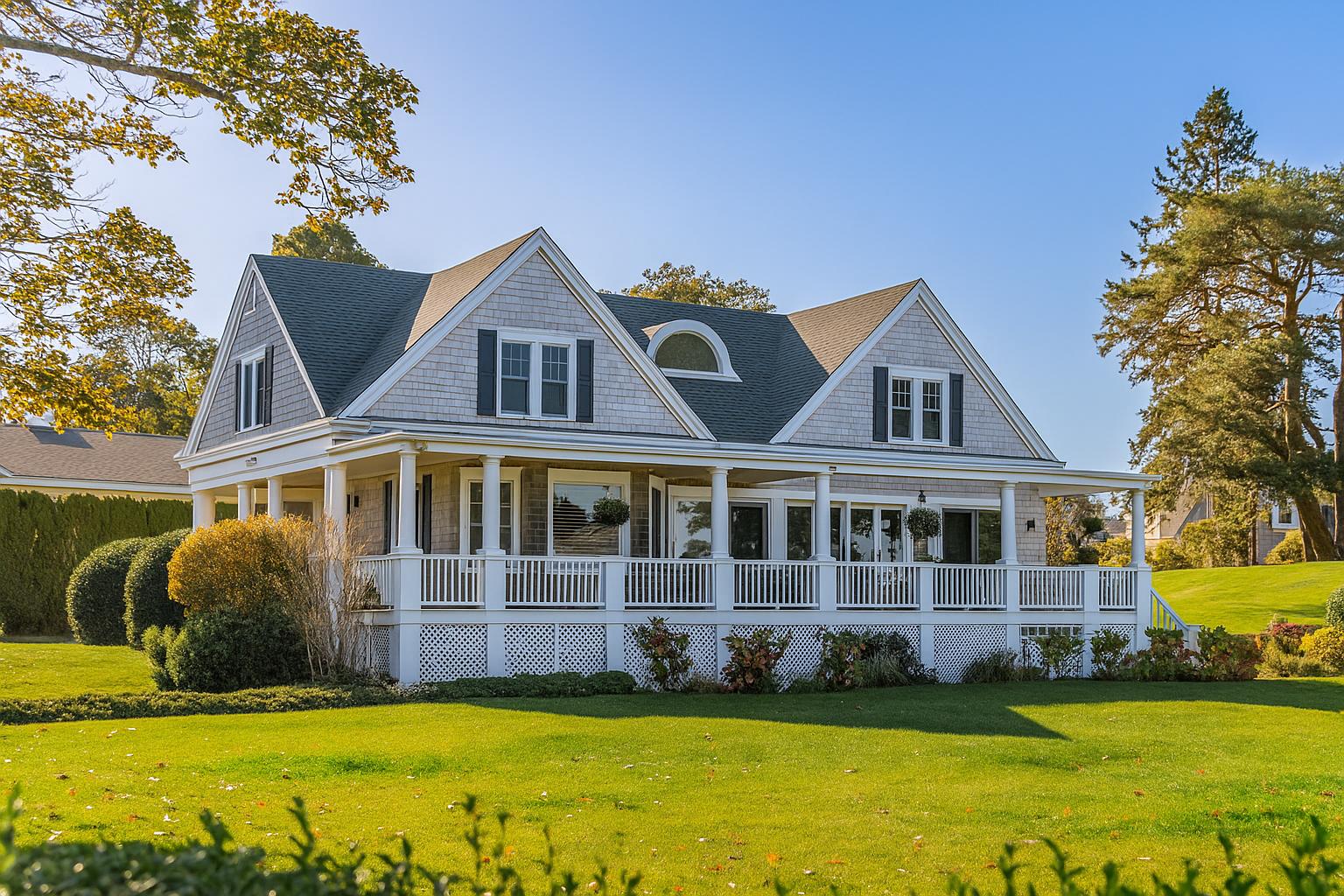
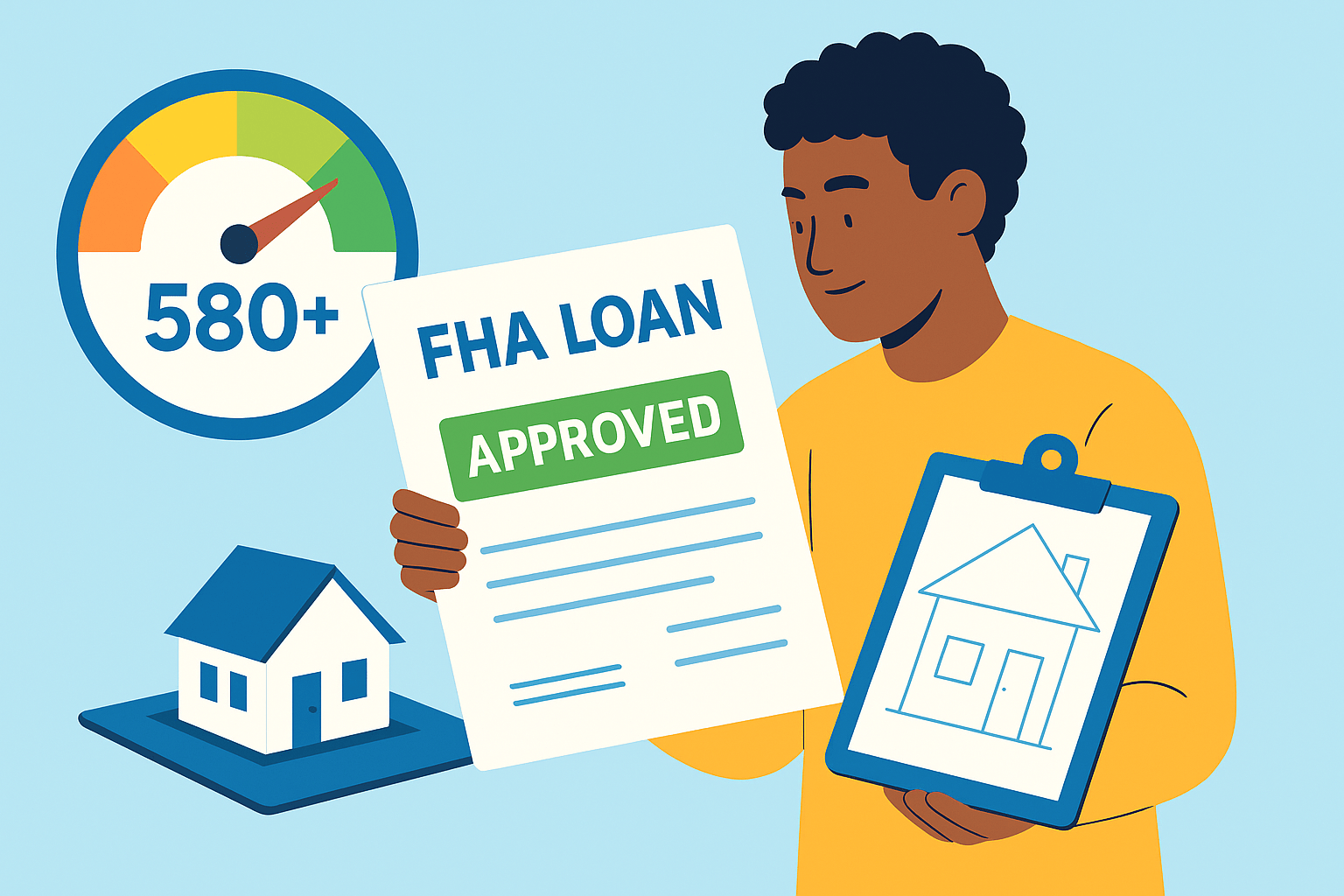
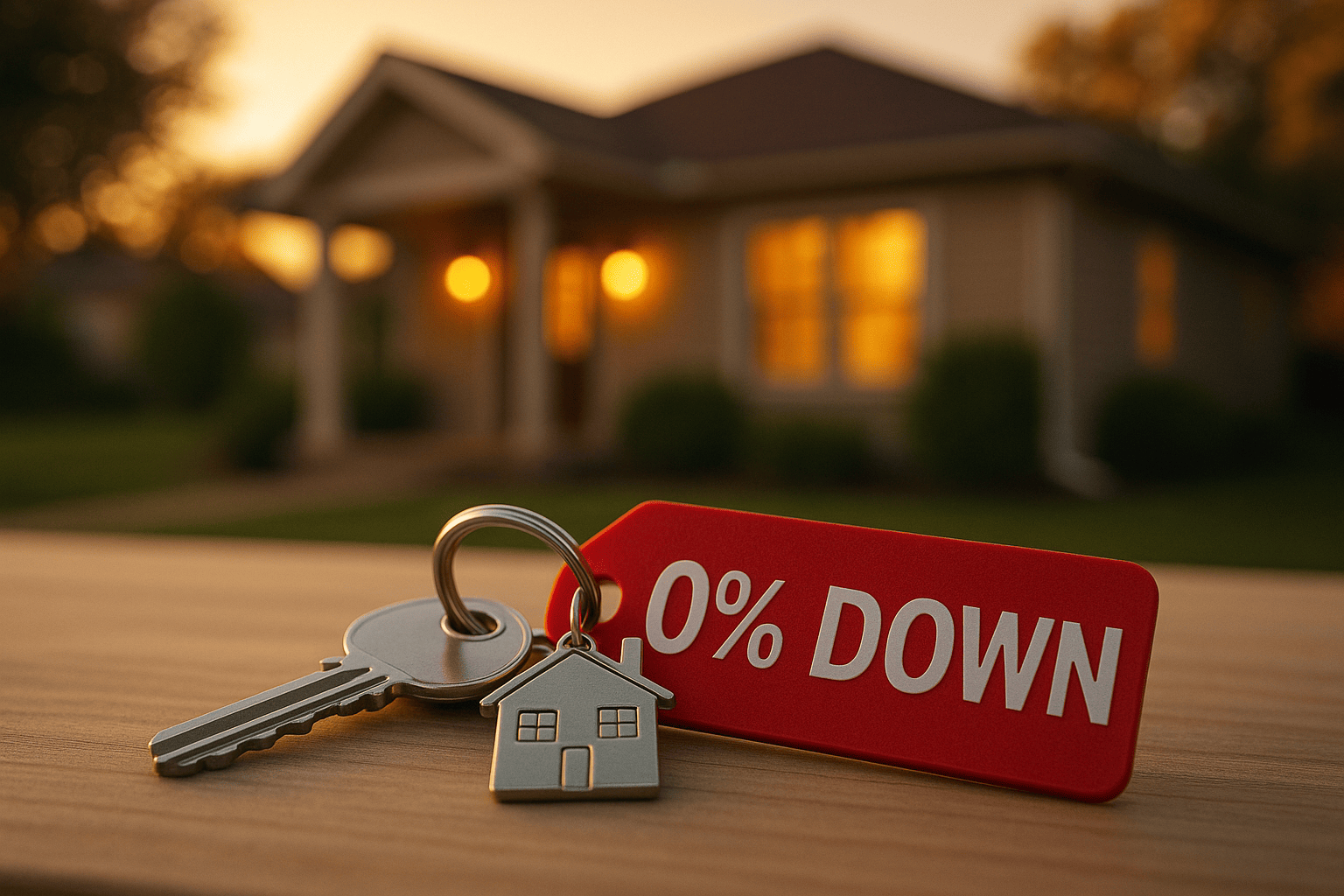

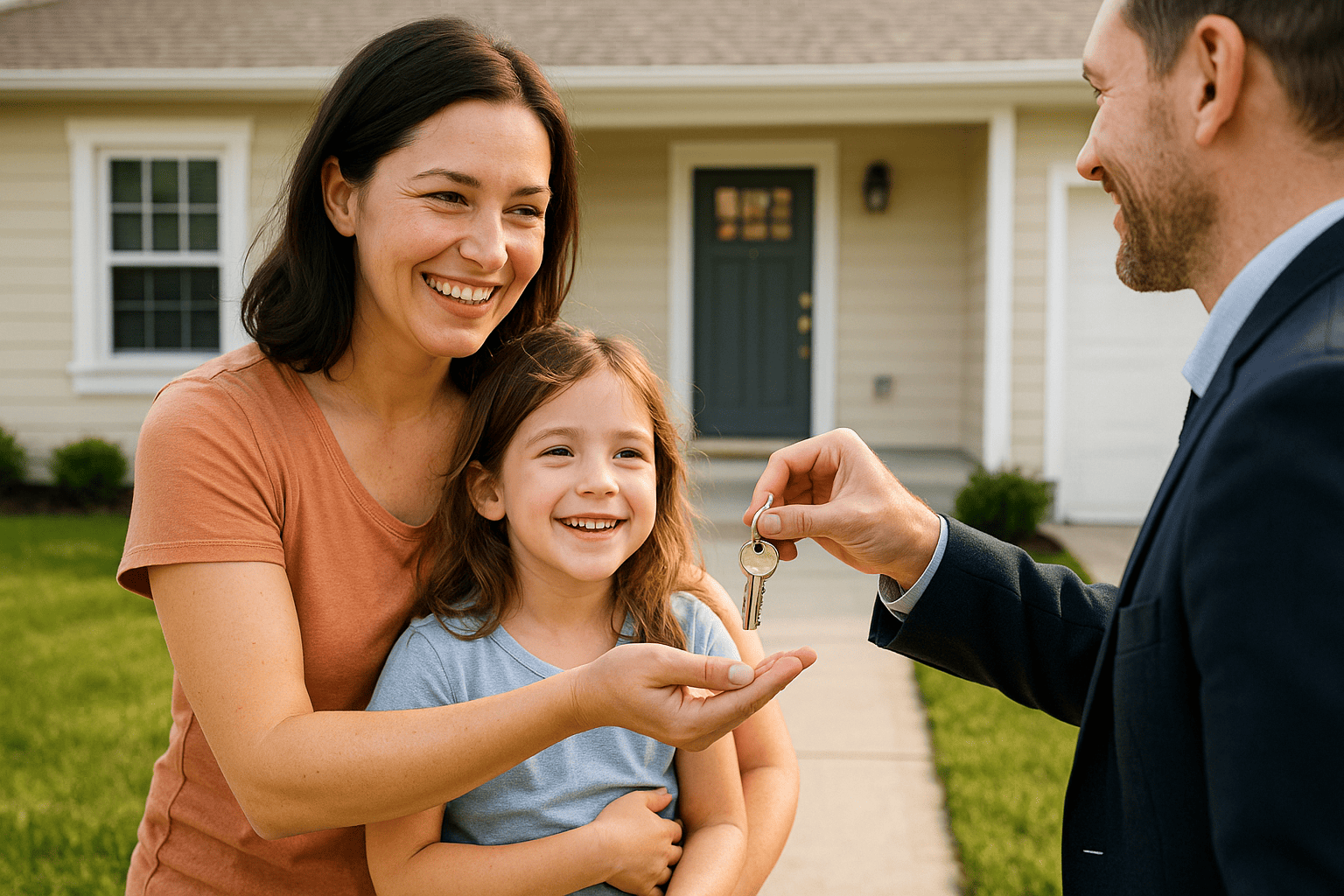


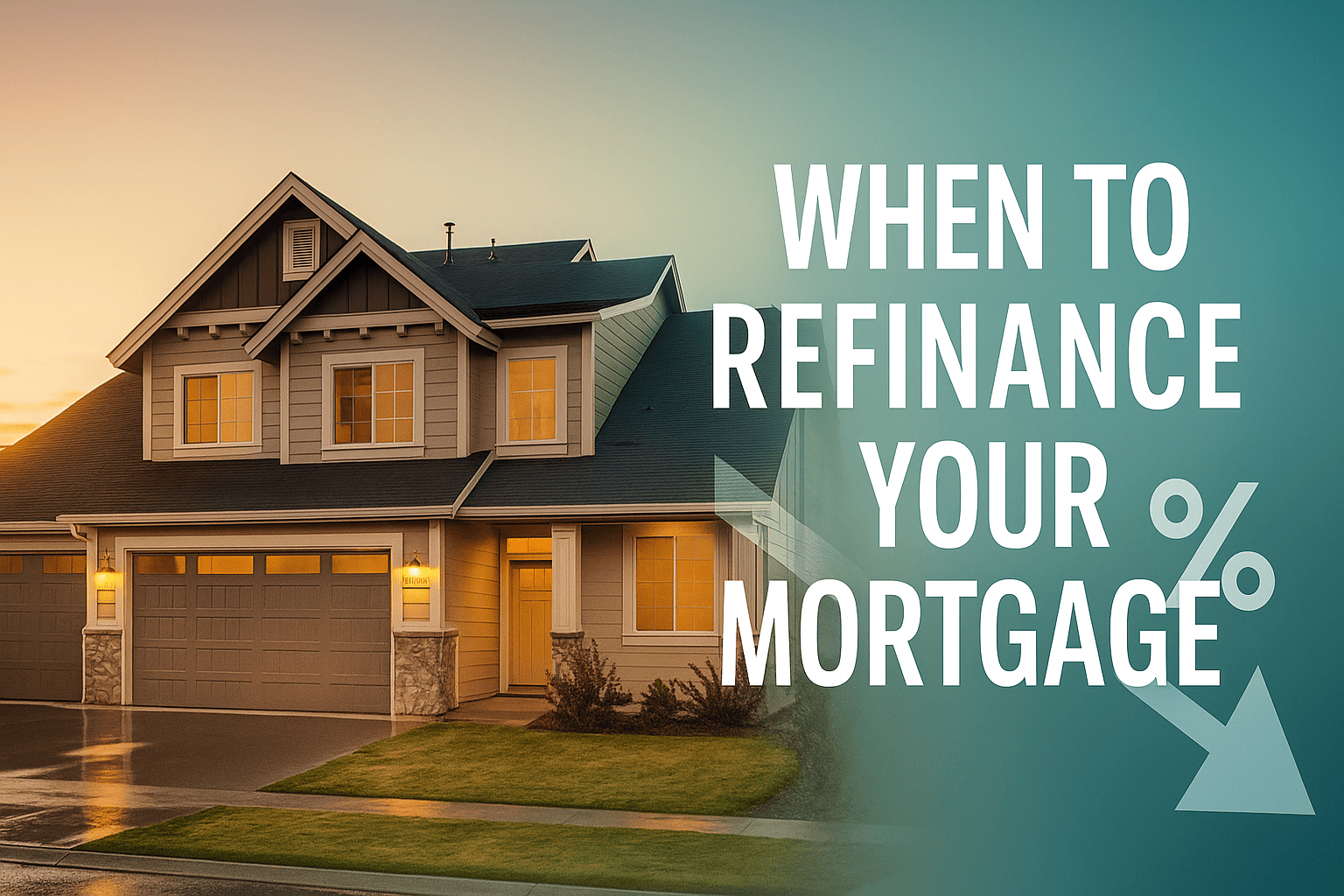
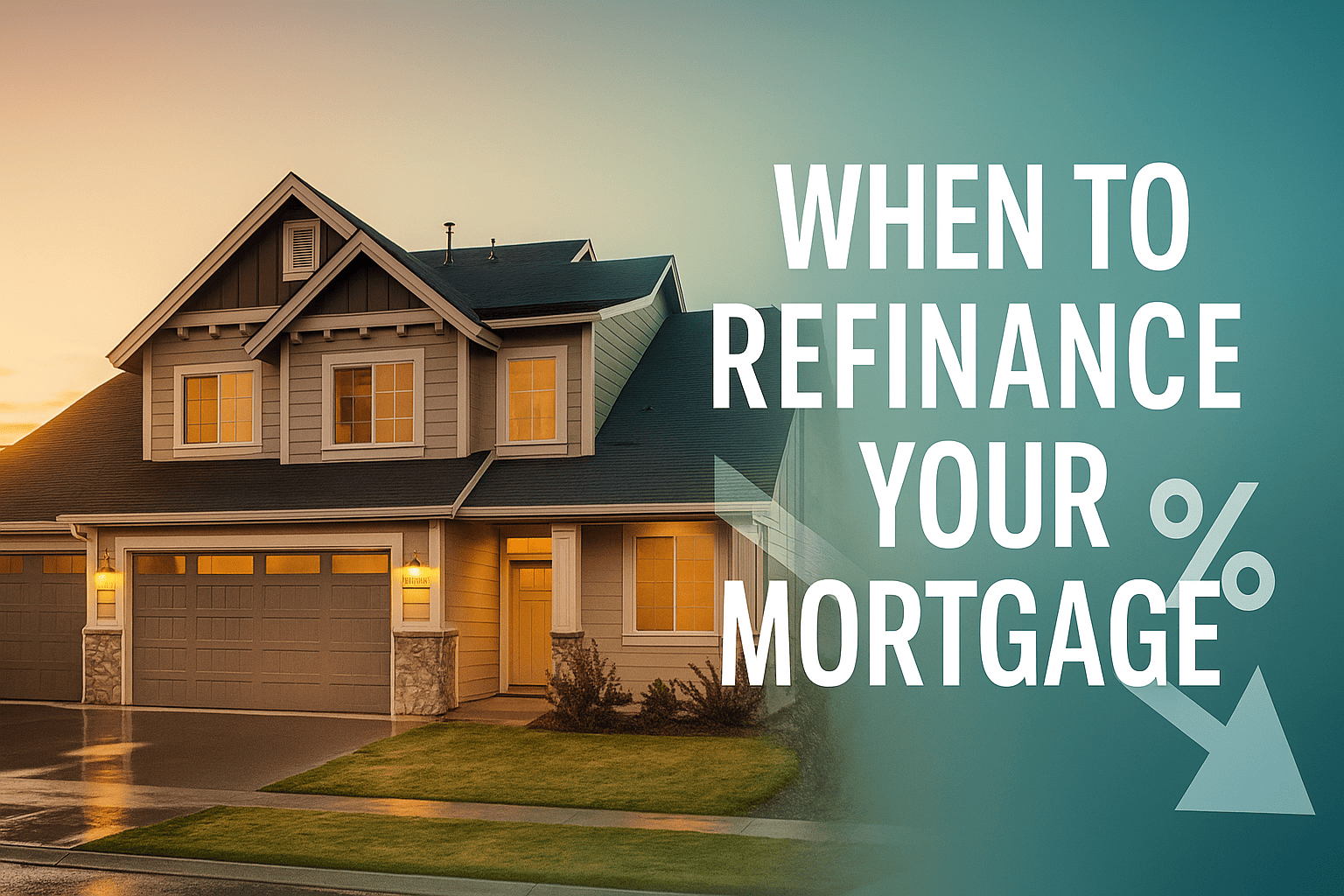


 Profile
Profile Password
Password Saved Properties
Saved Properties Sign Out
Sign Out
 +0.01
+0.01
 -0.15
-0.15

